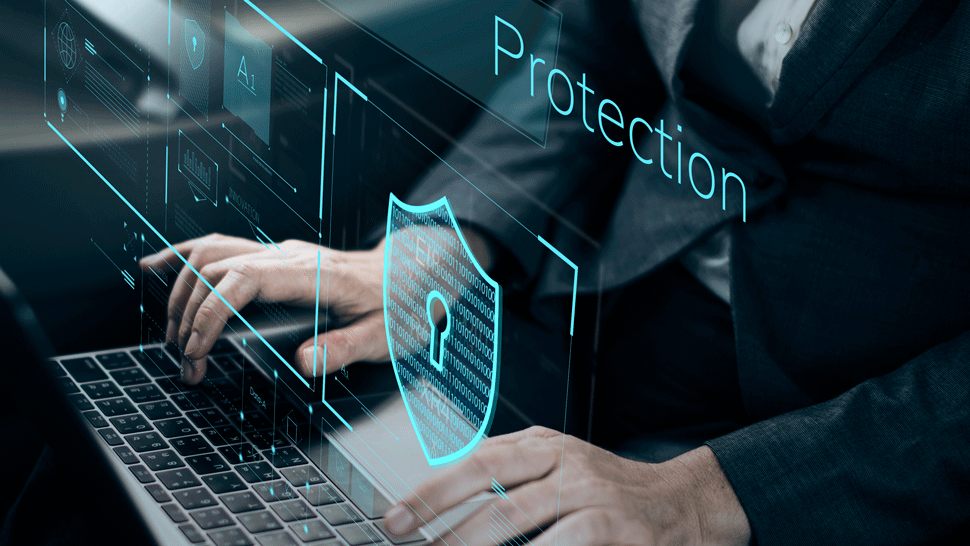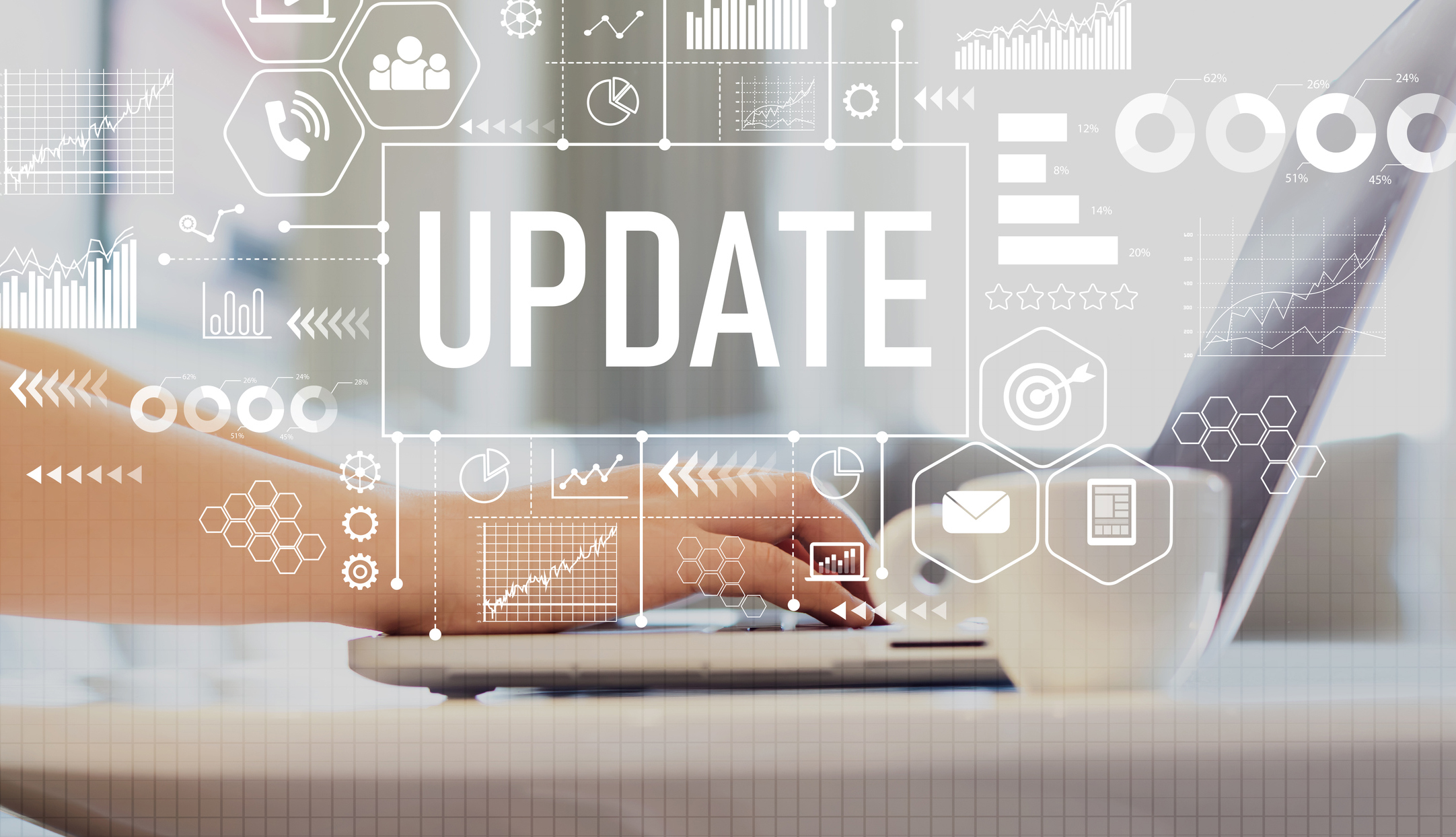
16 Mar 2025
Problems of ensuring database security
Databases are valuable repositories of confidential information, making them a primary target for cybercriminals. Hackers can be roughly divided into two categories: outsiders and insiders.
- Outsiders can be any data thief with the appropriate skills, whether a lone hacker or an entire criminal organization, whose main goal is to destabilize businesses and gain financial benefits.
- Insiders can be current or former employees, clients, or partners who intentionally or accidentally take actions that lead to incidents threatening user account security.
Both create an increased risk to database security in the absence of secure authentication.
The Need for Multi-Level Data Protection
When attempting to steal data, cybercriminals use various methods.
- Compromise, or in other words, credential theft, is possible when using an administrator account with privileged access rights. This is often made possible through phishing emails, malware installation, or the absence of device identification.
- Fraudsters look for various vulnerabilities in applications and use methods such as SQL injection or bypassing security through SQL code injected into user-input data.
- Privilege escalation by exploiting vulnerable software.
- Exposing access to databases hosted on virtual disks without proper encryption.
- The most popular method of data theft is stealing archives containing database backups.
- Viewing confidential data through various programs increases the risk of losing important information.
- Irreversible data loss can also result from simple human error: sharing passwords, misconfiguring devices, or careless handling of input data. These reasons are the primary factors leading to ninety percent of information security breaches.
As practice shows, an adequate level of database protection is ensured only by adhering to a multi-level approach, which is a secure way of handling data. In other words, to reduce the possibility of unauthorized access to critical data, it is important to use comprehensive measures such as two-factor authentication and strong passwords. The more layers of protection there are, the better it is for the company, as it makes it harder for malicious actors to breach the system.









